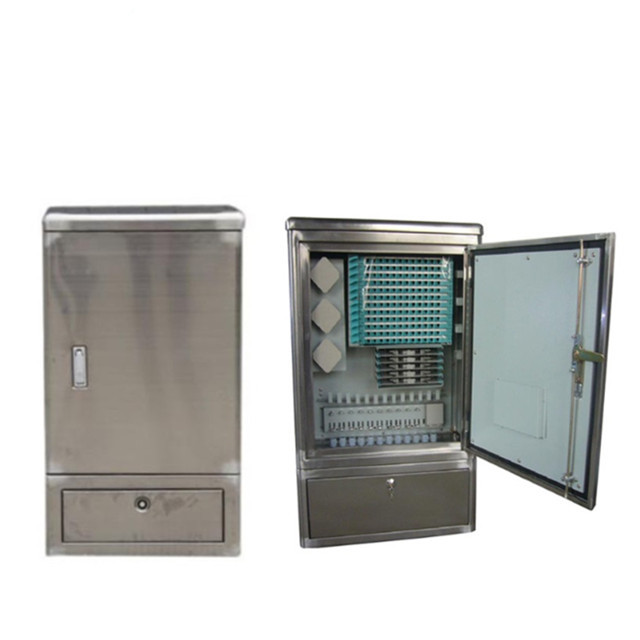- Sales SupportContact Sales
- Call us at: +(86) 15211074652
- Send us a email at: info@zr-fibercable.com
The advantages and disadvantages of rack fiber fiber terminal box
Fiber optic technology has become an indispensable part of the modern world, with the increasing demand for faster and more reliable communication networks. Rack-mounted fiber terminal boxes are among the most commonly used fiber optic components, and they provide a range of advantages and disadvantages that affect their suitability for specific applications. In this essay, we will explore the advantages and disadvantages of rack-mounted fiber terminal boxes in detail.
Advantages of Rack Fiber Terminal Boxes
High density
Rack-mounted fiber terminal boxes are designed to accommodate a high density of fiber optic cables in a small space. They are available in a variety of sizes, ranging from small enclosures that can hold a few fibers to large enclosures that can hold hundreds of fibers. This high-density design makes rack-mounted fiber terminal boxes ideal for use in data centers and other applications where space is limited.
Easy installation
Rack-mounted fiber terminal boxes are easy to install and maintain. They are typically designed to fit into standard 19-inch equipment racks and can be easily mounted using screws or other hardware. The cables can be easily routed into and out of the enclosure, and the internal components can be accessed without the need for specialized tools or equipment.
Versatility
Rack-mounted fiber terminal boxes are available in a variety of configurations, including patch panels, splice enclosures, and termination enclosures. This versatility allows them to be used in a wide range of applications, including telecommunications, data centers, security systems, and industrial automation.
Protection
Rack-mounted fiber terminal boxes provide protection for fiber optic cables and components from environmental factors such as dust, dirt, moisture, and temperature fluctuations. They are typically made from durable materials such as steel or aluminum and may be equipped with features such as gaskets or seals to provide additional protection.

Accessibility
Rack-mounted fiber terminal boxes are designed to provide easy access to the fiber optic cables and components inside. This makes it easy to install and maintain the system, as well as troubleshoot any issues that may arise. In addition, some rack-mounted fiber terminal boxes may be equipped with features such as slide-out trays or hinged doors to further facilitate access.
Disadvantages of Rack Fiber Terminal Boxes
Cost
Rack-mounted fiber terminal boxes are generally more expensive than other types of fiber optic enclosures, such as wall-mounted enclosures or splice trays. This cost is primarily due to the higher density and versatility of rack-mounted enclosures, as well as the additional features and materials used to provide protection and accessibility.
Space Requirements
Rack-mounted fiber terminal boxes require a significant amount of space to be installed, particularly in large-scale applications where multiple enclosures are required. This space requirement can be a limiting factor in some applications, particularly those where space is at a premium or where the installation area is already crowded.
Weight
Rack-mounted fiber terminal boxes can be quite heavy, particularly when fully loaded with fiber optic cables and components. This weight can make them difficult to move and install, particularly in situations where space is limited or access is difficult.
Maintenance
While rack-mounted fiber terminal boxes are relatively easy to maintain, they do require periodic cleaning and inspection to ensure that the cables and components inside are functioning properly. This maintenance can be time-consuming and may require specialized tools or equipment.
Complexity
Rack-mounted fiber terminal boxes can be complex to install and configure, particularly in large-scale applications where multiple enclosures are required. This complexity can make it difficult for inexperienced technicians to install and maintain the system, and may require the assistance of a specialized contractor or consultant.
You might be interested in
We use cookies to ensure that we give you the best experience on our website. By clicking on "Accept" or continuing to use this site, you agree to our use of cookies in accordance with our Cookie Policy .You can refuse the use of cookies here.
Accept

